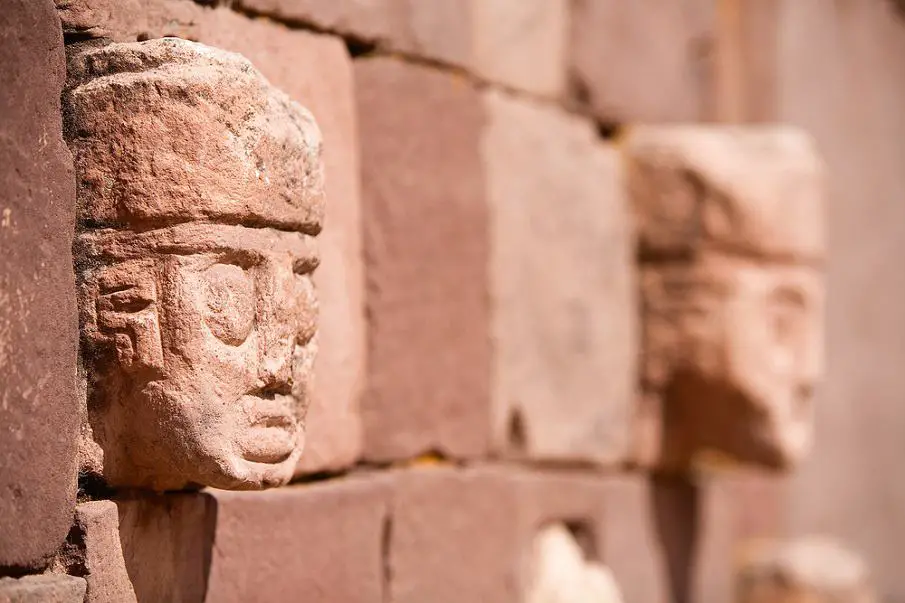Maddie MolloyBBC News Climate and Science

 Getty Images
Getty Images
A Blood Moon happens during a total lunar eclipse, when Earth blocks the Sun's light and the Moon turns red because of the sunlight bending through Earth's atmosphere
Sky-watchers across the UK can look forward to a stunning spectacle on Sunday evening when a total lunar eclipse will turn the full Moon red.
As it passes through Earth's shadow, it will take on a deep red hue, creating a striking "Blood Moon".
Although in the UK the eclipse will begin while the Moon is still below the horizon, it will rise in total eclipse at around 19:30 just as the Sun is going down, so you can catch the second half of the show.
Observers in easternmost parts of Africa, in the Middle East, most of Asia and western Australia should be able to witness the entire event from start to finish.
When is the lunar eclipse?
The last total lunar eclipse visible from the UK occurred in 2022.
The penumbral phase – when the Moon first drifts into Earth's faint outer shadow – begins at 16:28 BST (17:28 UTC).
The partial eclipse – as the Moon enters Earth's darker central shadow, called the umbra – kicks off at 17:27 BST (18:27 UTC).
The eclipse reaches its maximum at around 19:11 BST, about 20 minutes before moonrise in the UK, giving us time - weather permitting - to see it in at least some of its scarlet glory before it gradually moves out of Earth's shadow.
Dr Edward Bloomer, astronomer at the Royal Observatory Greenwich said: "In the UK we won't get to see perhaps the most dramatic reddening that you get with lunar eclipses… and most people will have to wait another 10 to 20 minutes after moonrise for it to clear the horizon.
"But it's worth watching because you get to see the mechanics of the solar system at play," he said. "This is not a special effect. There's nothing else it could be - this must be what's happening in real life in front of you."
What is a lunar eclipse and a blood moon?


A lunar eclipse takes place when the Earth is directly between the Sun and the Moon, blocking sunlight and casting a shadow across the Moon's surface.
There are three primary types:
Total lunar eclipse – The Moon is completely engulfed by Earth's shadow, often turning a striking red.
Partial lunar eclipse – Only a portion of the Moon passes into Earth's shadow, creating a visible dark segment.
Penumbral lunar eclipse – A more subtle occurrence, where the Moon travels through the outer part of Earth's shadow, resulting in a faint dimming.
Lunar eclipses are sometimes referred to as "Blood Moons" due to the Moon's reddish hue during the event.
"Throughout history, people thought of it as a bad omen. But really, it's just the refraction of light through Earth's atmosphere - the same effect that gives us red sunsets," said Dr Bloomer.
This reddish appearance is the result of a phenomenon called "Rayleigh scattering" which also makes the sky blue and our sunsets red. It scatters more of the shorter blue wavelength light, allowing the longer red wavelength light to remain visible.
During a lunar eclipse, the light illuminating the Moon has passed through Earth's atmosphere.
It's as though every sunrise and sunset on Earth is being cast upon the lunar surface.
How to see it?
To best view the eclipse, get somewhere ahead of 19:30 with as clear a view of the horizon as possible so that you can see the Moon as soon as it rises. In a city that's probably a hill or popular viewpoint.
Binoculars or a telescope will help if you have them, and unlike with solar eclipses, which are dangerous to view directly, lunar eclipses won't damage your eyes as the Moon's reflected light isn't bright enough.
Cloud cover may affect visibility, so check your local weather beforehand.
The next lunar eclipse visible in the UK will be on 28 August 2026, so mark your calendars for another chance to witness this celestial event.
Will the skies be clear enough to see it?
If you have been anxiously checking the forecast over the last few days in the hope of a glimpse you'll have noticed that it has improved significantly.
For a while it looked as if the eclipse would be veiled by cloud and rain across the UK but now it's likely that many of us will have clear skies.
On Sunday morning, as high pressure pulls eastwards, weather fronts will move in from the Atlantic bringing cloud and showery rain.
However, these fronts will fragment and most of the showers will be in the North West.
Away from western coasts, by the late afternoon and early evening there is a good chance many of us will have clear skies in time for the eclipse.
There could still be some showers however, and uncertainty remains so keep an eye on the forecast.
Additional reporting by Elizabeth Rizzini, BBC Weather Presenter

 Movie
Movie 3 months ago
868
3 months ago
868 





![Presidents Day Weekend Car Sales [2021 Edition] Presidents Day Weekend Car Sales [2021 Edition]](https://www.findthebestcarprice.com/wp-content/uploads/Presidents-Day-Weekend-car-sales.jpg)




 English (United States)
English (United States)